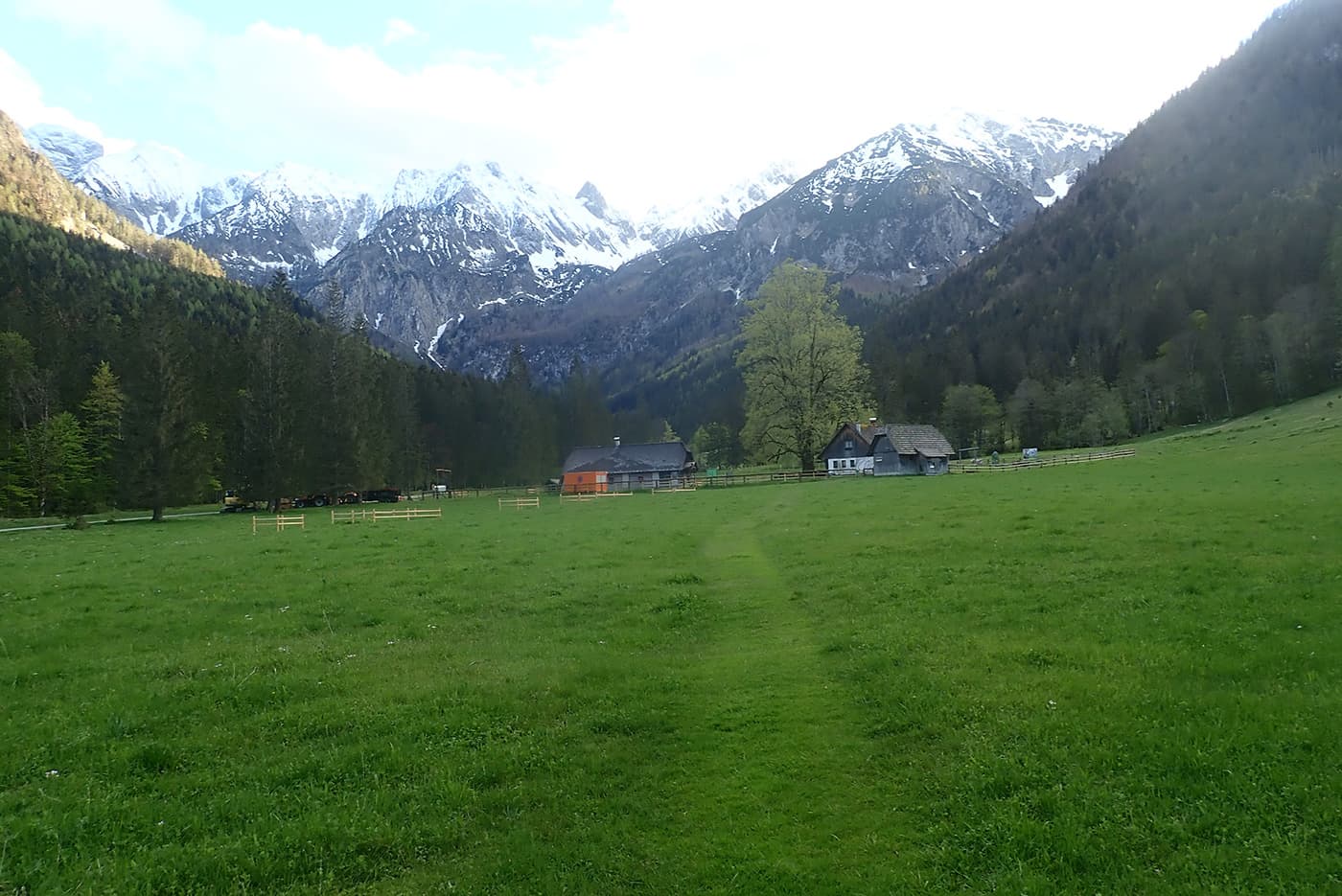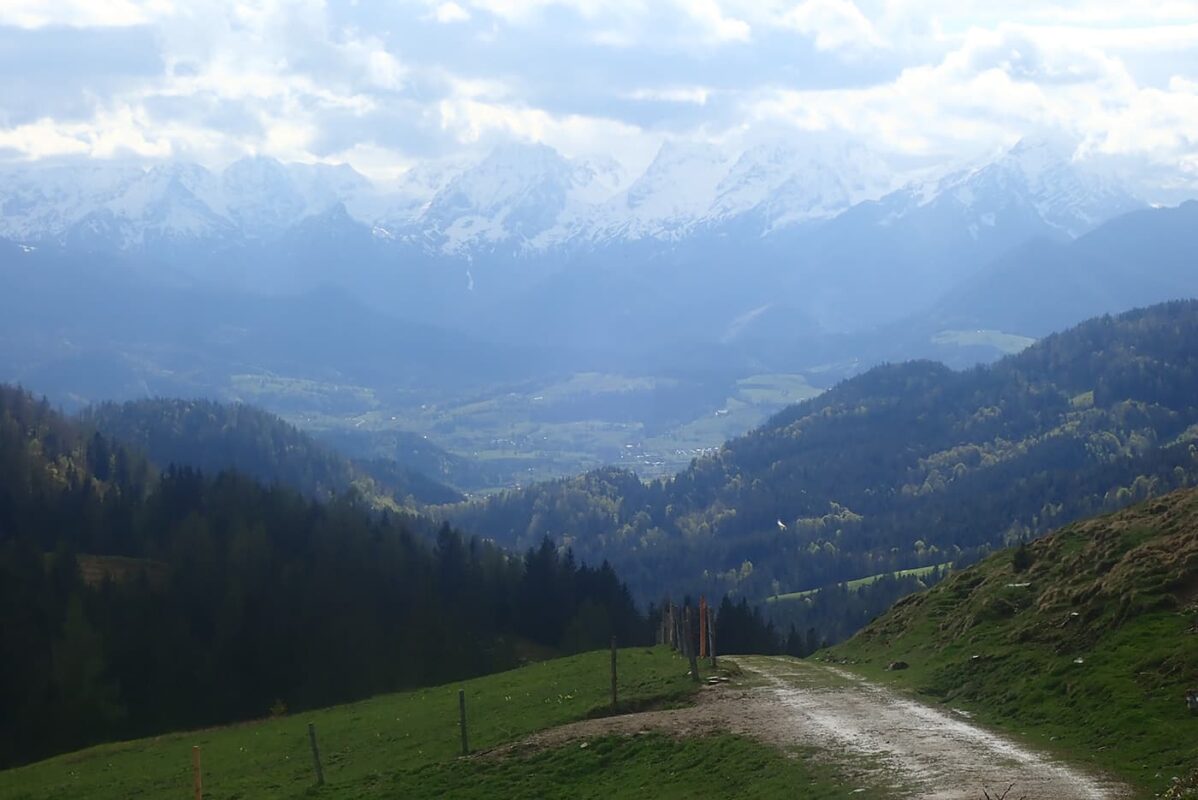The Lynx Trail leads from the Kalkalpen National Park to the Gesäuse National Park and from there on to the Dürrenstein-Lassingtal wilderness area.
Kalkalpen (Limestone Alps) National Park
The trail starts in the Kalkalpen National Park. It is located in the Upper Austrian pre-alps and covers an area of over 20,000 hectares. This makes it the second-largest national park in Austria. The protected area in the Limestone Alps extends over two mountain ranges, the Sengsen and Reichraminger Hintergebirge, whose highest point is the Hoher Nock at 1,963 meters.
The national park was established in 1997 and was internationally recognized by the IUCN (International Union for Conservation of Nature) the following year.
It is not without reason that the protected area is considered Austria’s national forest park. Over 80% of the national park area in the Limestone Alps consists of forest, making it the largest contiguous forest area in the country. While natural beech forests have been pushed back to a few areas in Europe – and are mostly restricted to small areas – beech dominates the forest landscape of the Limestone Alps
Gesäuse National Park
The Gesäuse National Park is the second protected area that you enter along the Lynx Trail and subsequently hike through. Crossing the Haller Mauern, you cross the border from Upper Austria into Styria and enter the Ennstal Alps. Like the mountains of the Kalkalpen National Park, they belong to the Northern Limestone Alps. At 12,000 hectares, the Gesäuse National Park is the third-largest national park in Austria, with its highest peak at 2,370 meters. The Hochtor is therefore also the highest point in the Ennstal Alps. The Gesäuse is also Austria’s youngest national park. It was founded in 2002 and recognized by the IUCN as a Category II national park the following year.
And although the Gesäuse is located in Upper Styria: Some people think they are in Tyrol because the mountains are so impressive. They have steep rock faces that look as if laid out with a ruler. Walls that can easily compete with the Dolomites. It is this impressive alpine terrain that has always fascinated explorers and was already captured by the spirit of alpinism at the turn of the century. Alpine history was written here.
















